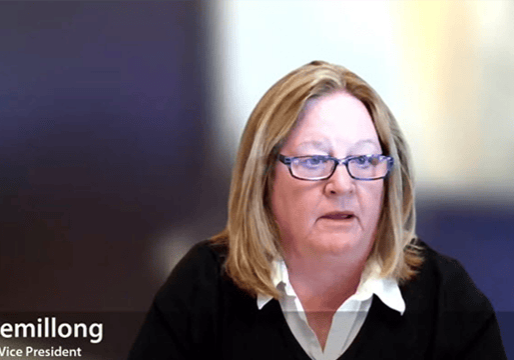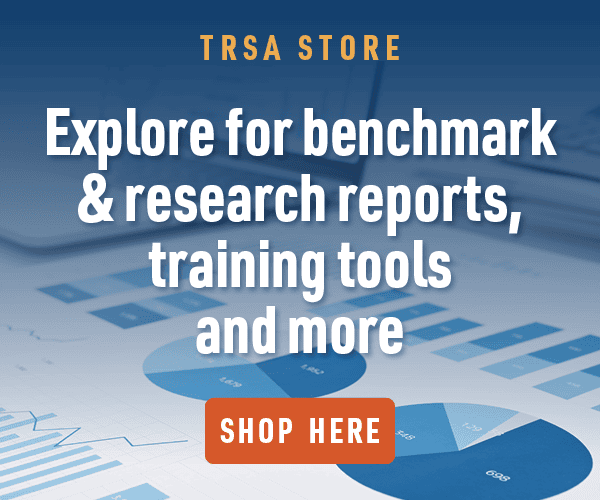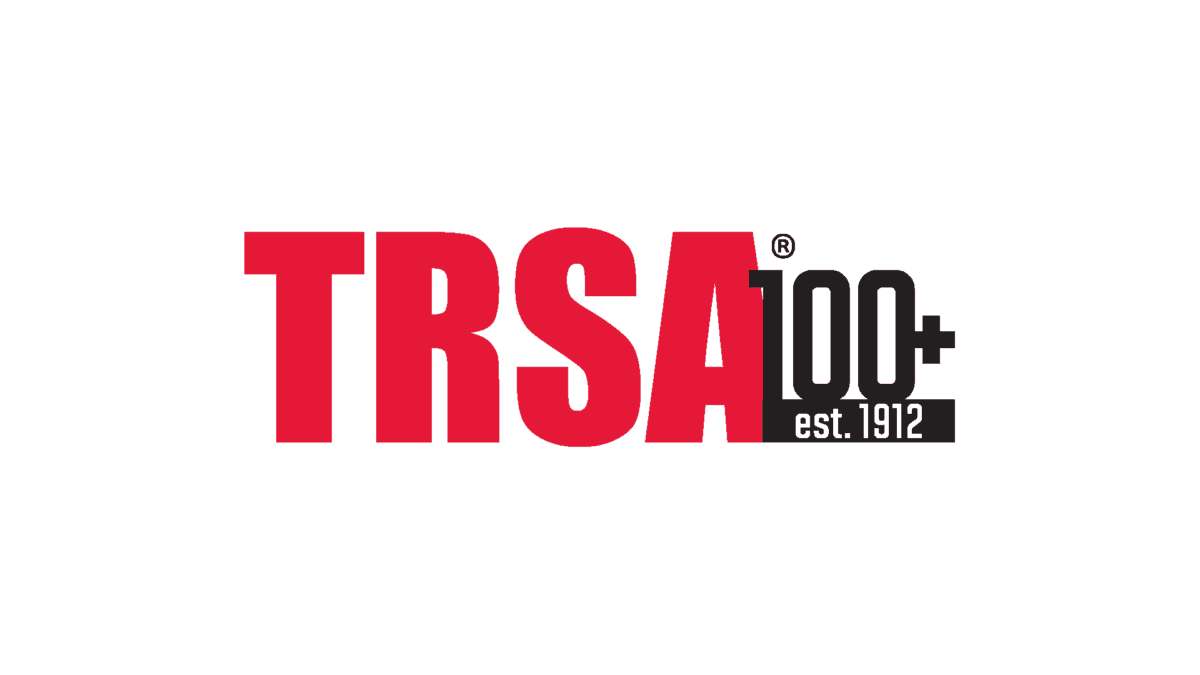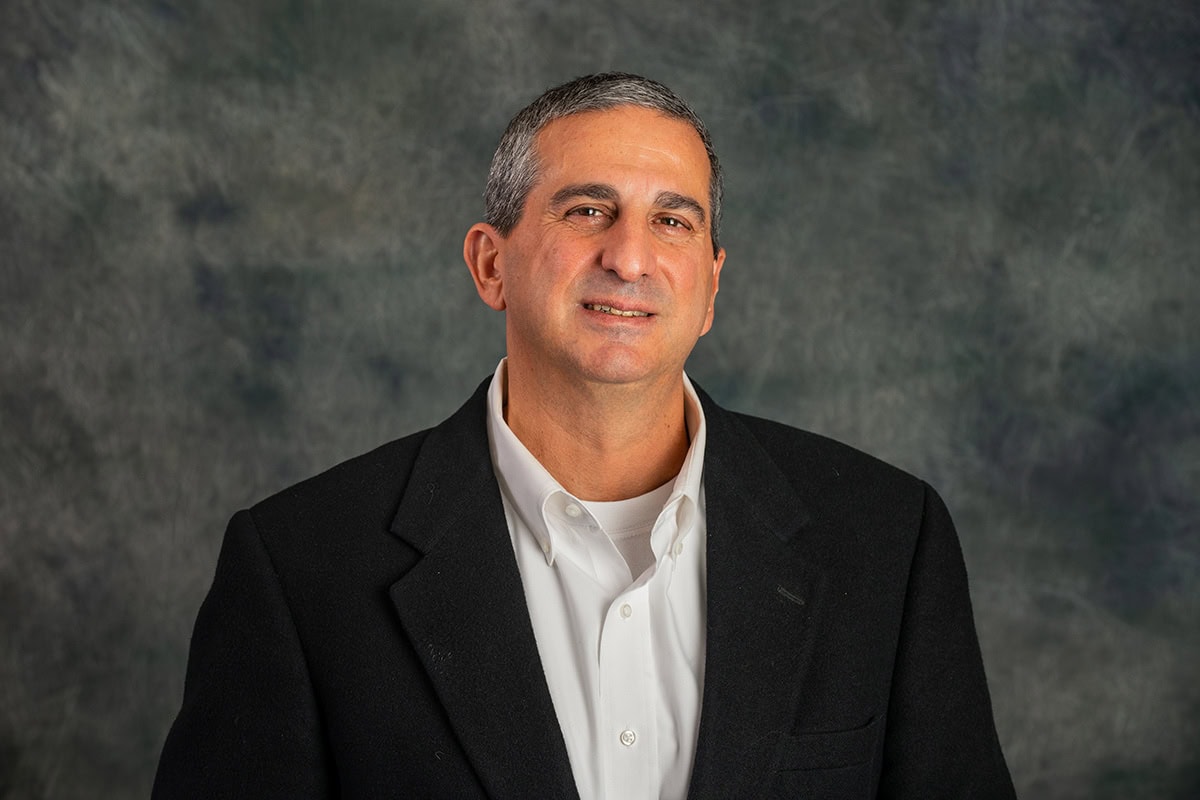A groundbreaking development to pave the way for greater use of healthcare textiles (HCTs) as personal protective equipment (PPE) took place March 4-5. The National Academies of Sciences, Engineering and Medicine (NAS) hosted a virtual workshop that examined HCTs’ benefits over disposables, engaging industry and technical experts, policymakers, manufacturers, PPE users and other stakeholders.
“This workshop was the first step in possible regulatory activity to increase HCT use, enhancing sustainability and patients’ and healthcare professionals’ safety, decreasing costs and protecting the PPE supply chain,” said Kevin Schwalb, TRSA’s government relations VP. “It demonstrated the importance of the industry’s involvement in public policy.”
After discussing HCTs’ unequivocal benefits, the workshop focus shifted to the necessary steps to implement an increased share of reusables. Primary considerations raised by clinicians include end-user acceptance and inventory storage. Panelists discussed several strategies to address these topics and promote increased adoption of reusables.
TRSA members who represented our industry at this workshop included Liz Remillong, TRSA Board member and VP at Core Linen Services (formerly Crothall Laundry Services); John Wintz, group VP, Standard Textile Co.; Edward McCauley, CEO and COO, United Hospital Services; and Shelley Petrovskis, marketing and regulatory affairs director, Lac-Mac Limited.
The workshop resulted in part from TRSA’s efforts with Congress to catalyze a study to examine advantages of reusable HCTs and their increased adoption as PPE. An October response from the Centers for Disease Control and Prevention (CDC) to a congressional letter sent on behalf of TRSA in June to the Department of Health and Human Services (HHS) indicated the workshop would take place. Its proceedings are a component of CDC’s National Institute for Occupational Safety and Health (NIOSH) study of benefits and feasibility of increasing HCT use and savings to be gained from it.
In her closing remarks, Dr. Maryann D’Alessandro, director, NIOSH National Personal Protective Technology Laboratory (NPPTL), emphasized the necessity of increasing reusable HCTs in healthcare settings and the importance of moving forward with recommending appropriate incentives to attain this goal. NPPTL sponsored the workshop and continues to move forward with their study and recommendations.
A workshop recording and transcript is expected to be released by June; NIOSH’s recommendations on increased HCT utilization will follow.
Publish Date
March 8, 2024
Categories
Sign Up For Our Newsletter
Receive the latest updates on the linen, uniform and facility services industry from TRSA delivered straight to your inbox.







